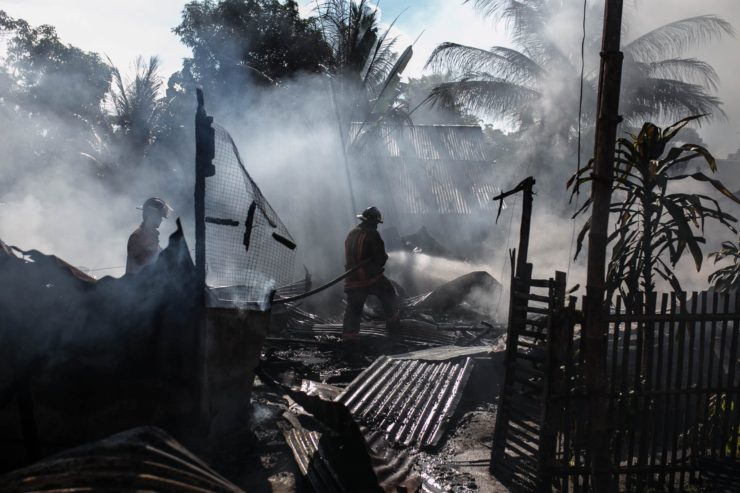
It is amazing to see how in recent times some of humanity’s greatest challenges are being solved through innovative science and technology. Disasters such as floods, hurricanes, earthquakes, wildfires, and even terrorist attacks are just a few of the global challenges we face today. With innovations like autonomous flying drones, these issues are being tackled with great precision. When compared to traditional approaches, autonomous drones are providing the advantages needed in the support of disaster management.
Disasters, whether natural or man made, result in drastic changes and damage to the environment. We often see emergency response teams struggling to gain access to disaster stricken areas due to collapsed buildings, torn up roads, landslides, floods, downed trees, and more. Not only do these unnatural conditions make it difficult for emergency personnel to gain access to victims, but they also expose disaster workers to extreme dangers. Anyone working in a disaster zone knows that they are risking their lives too in the process. Autonomous drones are remote controlled and do not require individual pilots. They are fast, robust and can get to inaccessible locations. This minimizes the risk associated with manual rescue missions.
Aerial images provided by autonomous drones help response teams identify victims and establish communication with them. The drones can even deliver emergency supplies such as water and food to the victims. Autonomous disaster drones are now been developed to mimic the behavior of disaster response workers. They are equipped with an artificial neural network system that emulates the way human visions works. This gives them an excellent ability to examine an area and pinpoint areas or people to focus on and examine more closely.
Just like humans naturally improve their vision by squinting their eyes, autonomous drones are capable of adjusting their focus to view the disaster scene more clearly. Disaster drones have brilliant technology that controls the amount of light entering their cameras. This enables them to see clear images in all kinds of weather including rain and snow. Recent development also shows that autonomous drones can support cameras that are larger, brighter and clearer. This will empower disaster response teams to see disaster victims and other key features more accurately.
New technologies have allowed autonomous drones to be capable of differentiating a person or an animal from objects. Even if the human or animal is deceased. This will help identify victims and animals who have been trapped under concrete, debris, landslides and elsewhere. Our human brain can look at an object from any angle and envision how it would look from all other angles. For instance, police provide only one still photo of a wanted fugitive, knowing that we have the ability to imagine how the person may look from any direction, like on the street.
The latest autonomous drones are equipped with the same type of three-dimensional views. This helps them to identify victims in dire need of help even without seeing the whole body. The drones can identify a hand waving for help, a leg sticking out from underneath wreckage and so on. Growing experimental application of disaster drones is pushing the boundaries and reshaping our ability to effectively and rapidly respond to disasters.
When it comes to rescuing individuals in an emergency situation, time is of the essence. With the assistance of autonomous drones the response time is drastically cut down. These drones can work faster and more safely. They efficiently pave the way for successful rescue missions.
|